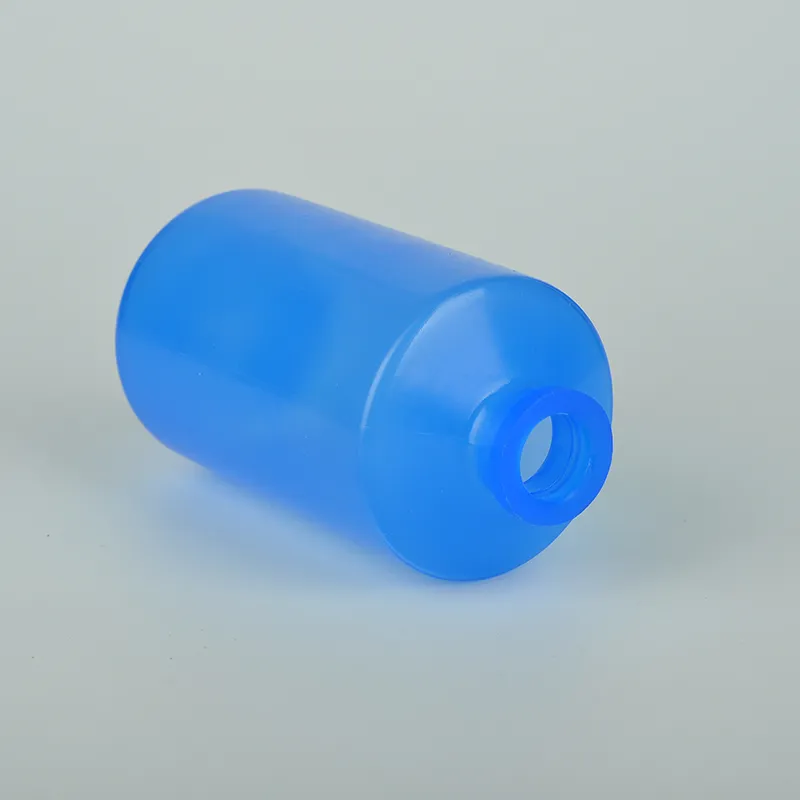60mm Petri Dish for Laboratory Culturing and Sample Testing Applications
The Versatility of 60mm Petri Dishes in Scientific Research
Petri dishes, a staple in laboratories worldwide, are cylindrical, flat dishes used primarily for microbiological work. Specifically, 60mm Petri dishes have gained popularity for their size, convenience, and versatility, facilitating a wide array of applications in various scientific fields. This article explores the significance and diverse uses of 60mm Petri dishes in research and experimentation.
Historical Background
Named after German botanist Julius Richard Petri, who invented them in 1887, Petri dishes have evolved significantly over the years. Initially designed for cultivating bacteria, their applications have expanded to include plant tissue culture, cell biology, environmental monitoring, and food safety testing. The 60mm diameter size strikes a perfect balance between providing a sufficient surface area for microbial growth while being compact enough for easy handling and storage.
Design and Materials
Typically made of glass or clear polystyrene, 60mm Petri dishes allow for easy visualization of cultures. Glass dishes can be sterilized and reused, making them an environmentally friendly option, while disposable plastic versions offer convenience for one-time use. Both types are designed with a lid that fits snugly over the base to prevent contamination and ensure a controlled environment for the organisms being studied.
Applications in Microbiology
In microbiology, 60mm Petri dishes are primarily used for culturing bacteria and fungi. Researchers can inoculate agar media with samples from various sources, such as soil, water, or clinical specimens, to isolate and identify microorganisms. The compact size is particularly suitable for laboratories with limited space, enabling researchers to run multiple experiments simultaneously without occupying excessive bench space.
Moreover, the size of the 60mm Petri dish allows for the examination of microbial colonies in detail. The growth patterns, morphology, and characteristics of different strains can be analyzed easily, contributing to the understanding of microbial behavior and interaction.
Role in Education
petri dish 60mm

In educational settings, 60mm Petri dishes are invaluable tools for teaching microbiology and laboratory techniques. Students can learn essential skills such as aseptic technique, inoculation methods, and the interpretation of results through hands-on experience. This practical application fosters a deeper understanding of the microbial world, preparing students for future research opportunities in microbiology and related fields.
Use in Environmental Monitoring
Aside from traditional microbiology, 60mm Petri dishes play a critical role in environmental monitoring. They are used to assess the microbial quality of water sources, check for contaminants in soils, and evaluate the microbiological safety of food products. The simplicity and effectiveness of Petri dishes enable swift sampling and analysis, crucial for maintaining public health and safety standards.
Innovations and Advancements
With advancements in technology, numerous innovations have enhanced the functionality of Petri dishes, including the development of pre-filled dishes with specific media tailored for particular microorganisms. These pre-prepared dishes save time and reduce the risk of contamination in the lab, making the experimentation process more efficient.
Additionally, color-coded media and specialty agar types have broadened the scope of experiments possible in a 60mm format, from selective isolation to biochemical testing of various organisms. Researchers can now perform high-throughput screenings of microbial samples in this standardized size, contributing to developments in pharmaceuticals, agriculture, and biotechnology.
Challenges and Considerations
Despite their advantages, using 60mm Petri dishes does come with challenges. The compact space may limit the number of colonies that can be cultured simultaneously, and the disposal of plastic dishes contributes to environmental waste. However, researchers are continually seeking sustainable practices, advocating for the use of reusable materials when feasible and developing biodegradable options to mitigate their environmental footprint.
Conclusion
In conclusion, 60mm Petri dishes are essential tools that have stood the test of time across various fields of research. Their versatility, convenience, and effective design make them a favorite resource for microbiologists, educators, and environmental scientists alike. As technology progresses, the potential applications and innovations surrounding Petri dishes will likely continue to grow, further solidifying their place in scientific inquiry and experimentation. Whether in a high-tech laboratory or a basic educational setting, the humble Petri dish remains a powerful instrument for exploring the microscopic world.
-
Aesthetic Makeup Spray Bottles | Fine Mist Empty RefillableNewsAug.19,2025
-
White Plastic Veterinary Vaccine Vials | Lab Liquid BottlesNewsAug.18,2025
-
Plastic Medicine Liquid Bottle: Secure Flip Top Drug VialsNewsAug.17,2025
-
Durable 250ml Blue Plastic Vaccine Vial for Lab & Vet UseNewsAug.16,2025
-
Sterile Virus Sample Tubes: Secure & Reliable Specimen CollectionNewsAug.15,2025
-
White 250ml Plastic Vaccine Vial for Lab & Vet MedicineNewsAug.14,2025
























